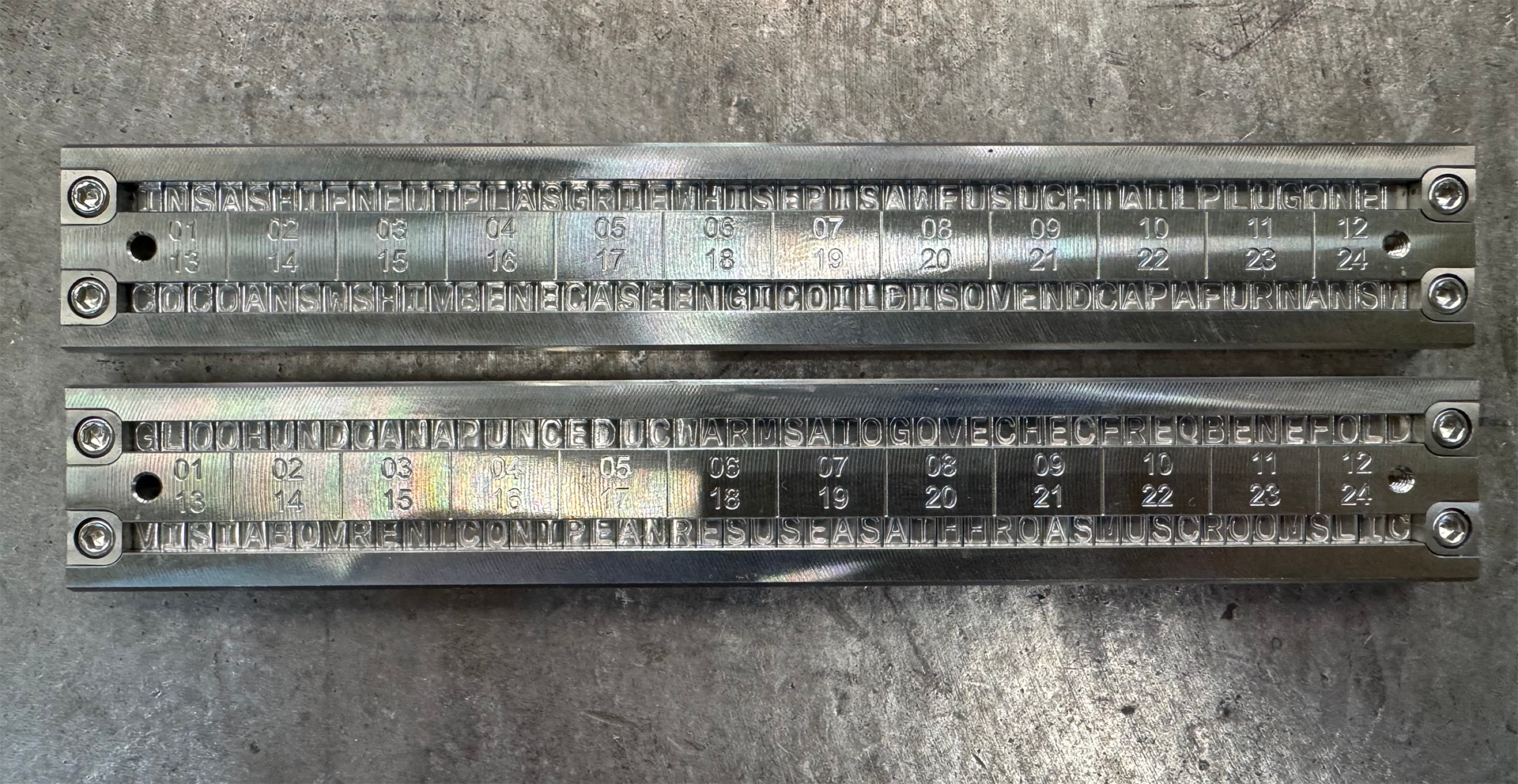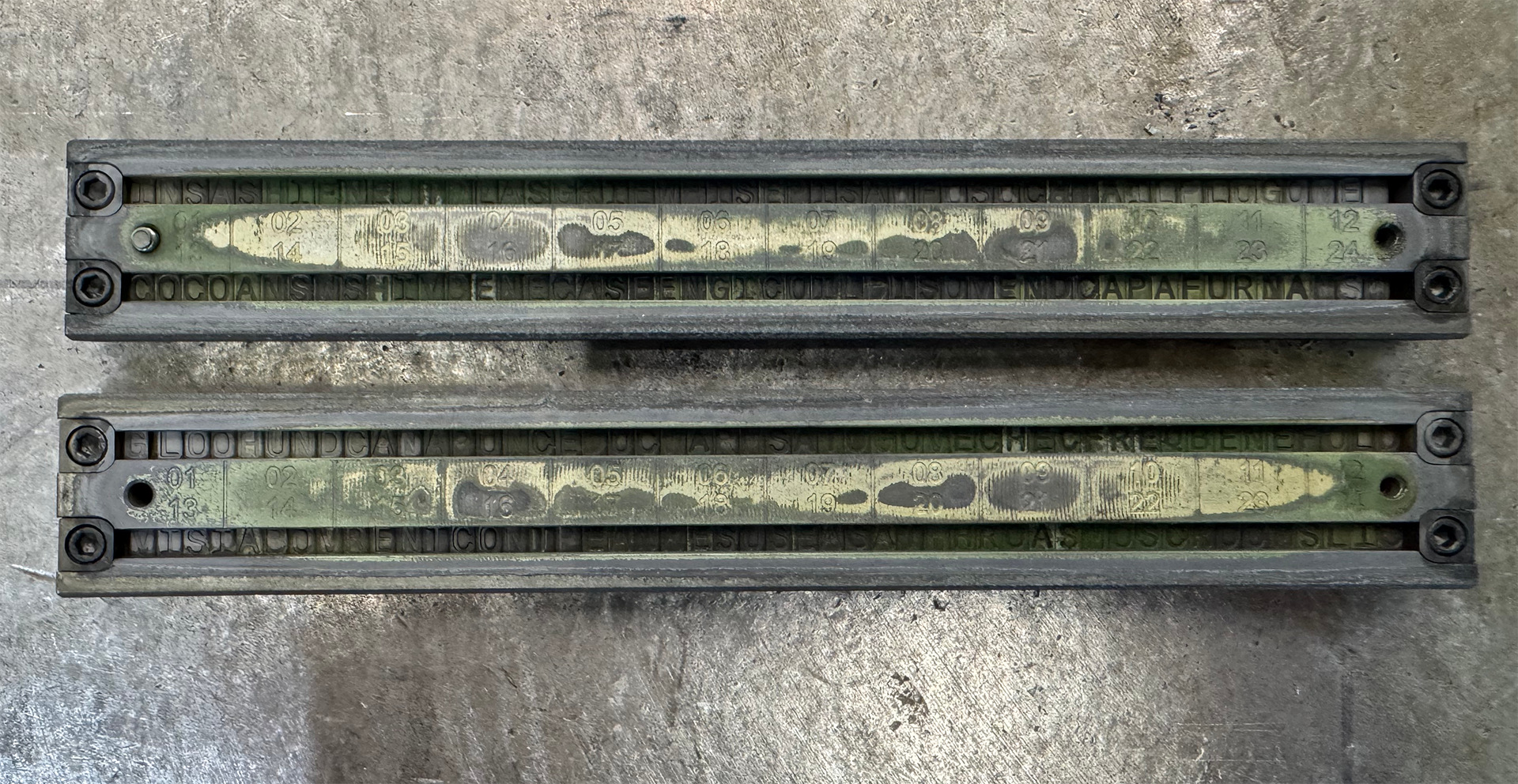testing
Thoughts behind our testing
Subjecting the 0KELVN seed phrase holder to temperatures far beyond what a typical house fire would reach seemed obvious to test its toughness. Very few things tolerate temperatures that high without some damage, so it helps to set expectations: cosmetic damage is expected, but what matters is the seed phrase contained within, which is expected to remain intact.
Lets see how the 0KELVN KV2 performed.
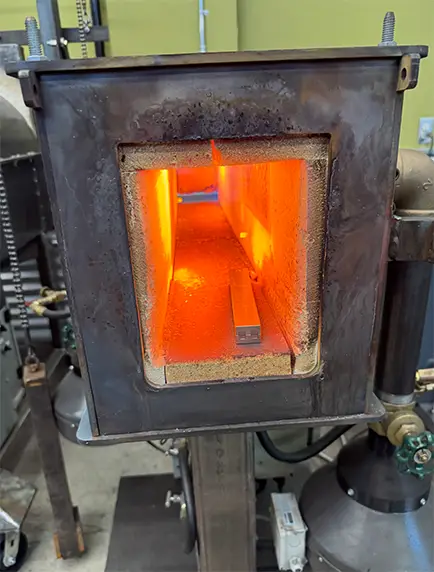
The forge heating up
It takes about 20-30min to get to above 2,000F. We started the clock once the chamber reached the target temperature.
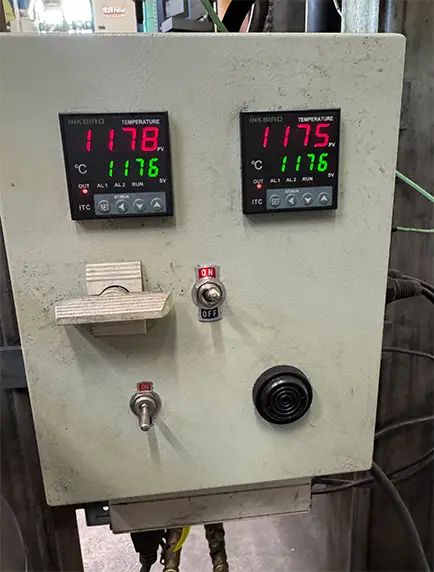
dual controllers
The value in red (PV) is the current temperature inside the chamber. The value in green (SV) is the target temperature. Both are expressed in CELSIUS. 1,175C = 2,147F
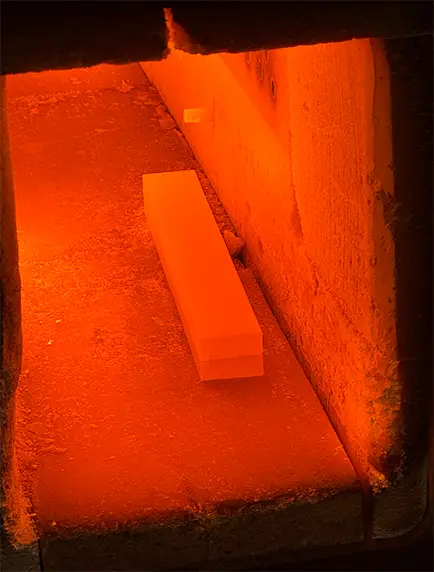
beyond 2,000F
We left the KV2 to soak for a little over an hour before pulling it out of there.
[The little peg sticking out of the side above the KV2 is a high-temperature thermocouple connected to the aforementioned controller.]
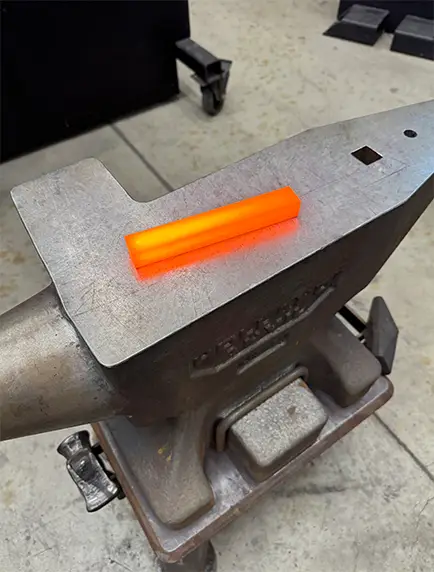
Out of the forge
Pulled from the forge for this photo. Even though only seconds passed, note temperature changes already visible. Next, we quenched it in water, see below for video of that.
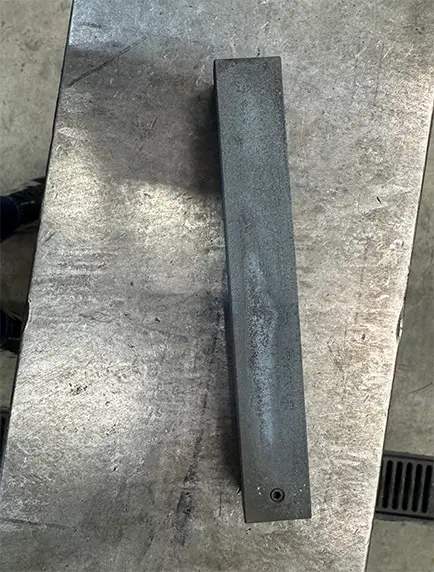
top View after Quench
The 0KELVN engraving is barely redable due to surface damage from oxidation and the rapid cooling from the cold water quench. It looks structurally intact.
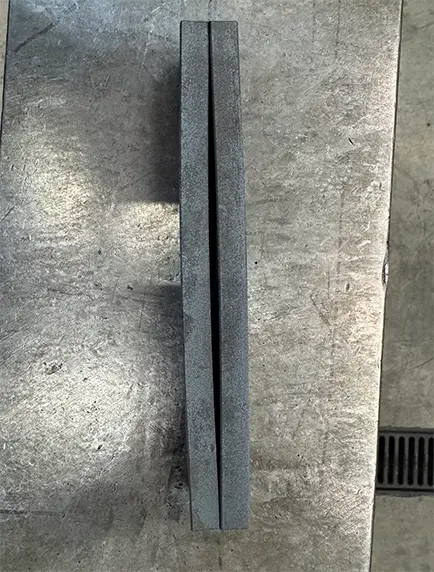
Side View after Quench
The quenching released tensions in the steel present from the machining process, as evident by the bowing. The KV2 did not fail, however.
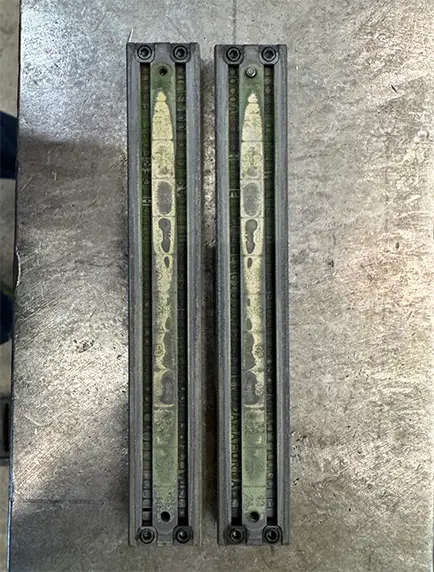
After
After opening the KV2 seed phrase carrier, no cleaning or brushing has been performed.
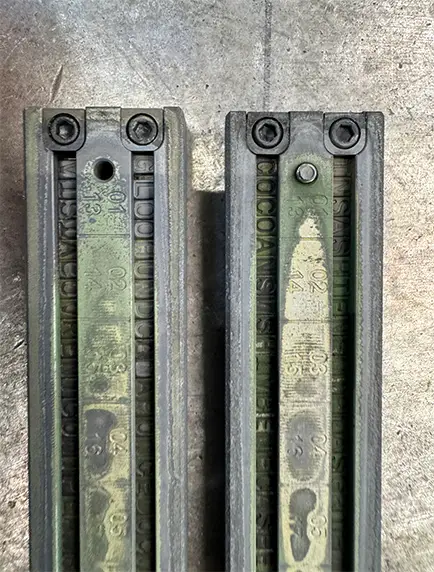
After - closeup
In this close-up, individual letters are visible and legible.
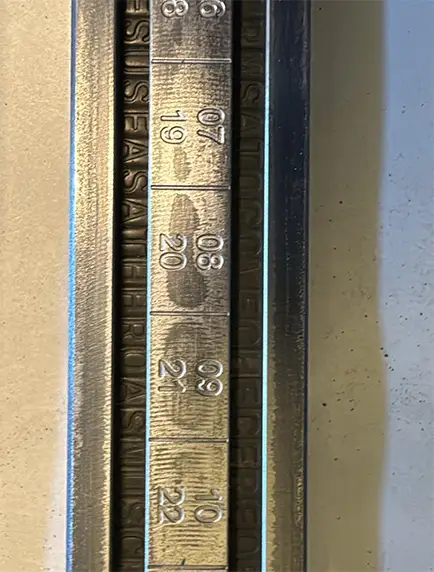
After the Wire Wheel
One has been brushed with a finishing wire wheel to remove the soot and corrosion, revealing perfectly retained lettering. No data loss.
KV2 water QuenchinG
Before and After
